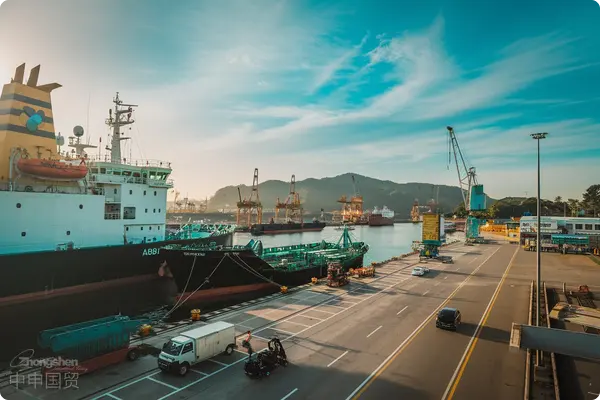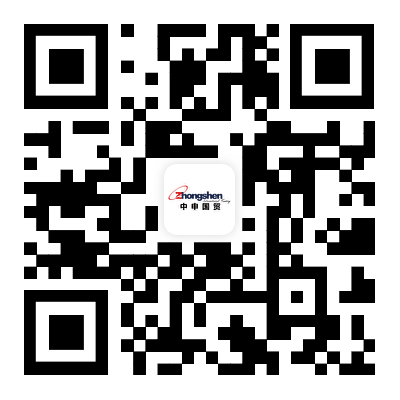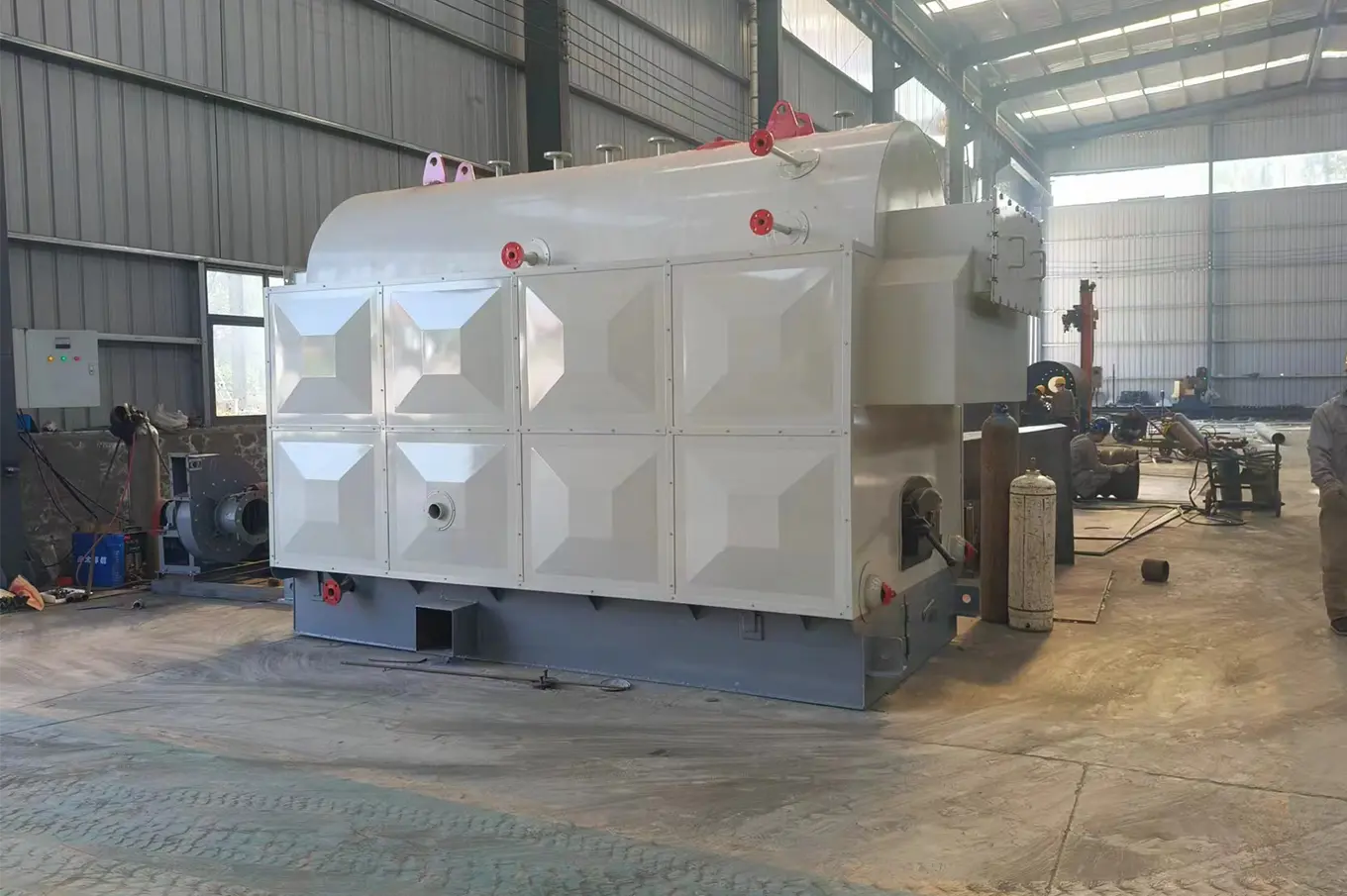- Shanghai Zhongshen International Trading Co., Ltd. – Your reliable partner with 20 years of import/export agency service expertise.

Marine?Equipment Export?Familiarity with the contract specifications of the Uniform Commercial Code (UCC) of the United States
Maritime equipment includes three main categories, namely main engine systems, navigation instruments, and life-saving devices. The export of these products poses significant challenges and specific requirements:
- The technical documents are very complicated: It is necessary to provide professional documents such as MED certification, IEC test reports, and ship classification society certificates simultaneously.
- Strict Transport Requirements
- The anti-rust packaging must meet the ISO 1496 standard.
- Precision instruments require transport in constant-temperature containers.
- Long payment cycle: There is generally a 6-12 month payment period from the acceptance of the equipment to the settlement of the final payment
The five evaluation dimensions of professional agency service providers
Select marine equipmentExport Agent ServicesWhen selecting a service provider, it is recommended to focus on evaluating the following core capabilities:
- Industry experience level
- Have handled at least 30+ cases of exporting marine equipment
- Having a practical operating record of handling returned goods and repairs
- Completeness of Qualifications: At the same time, the company holds both GSP certification and AEO advanced certification qualifications.
- Overseas service network: We have local customs clearance teams in major shipbuilding countries (South Korea, Norway, and Italy)
- Risk management system: Provide full-process monitoring from pre-audit documents to destination port services
- : Mechanical products are prone to disputes due to HS code classification. It is recommended to apply for an advance ruling from the customs in advance.: The transport insurance needs to include special clauses covering damage to precision instruments caused by vibration.
Practical strategies to avoid export risks
According to the 2023 industry statistics, maritime equipment export disputes are mainly concentrated in the following three categories of issues:
- Breakthrough of technical barriers.
- Pre-audit of the technical specifications of the destination port 6 months in advance
- Adopt a dual certification model (producing country + using country)
- Optimization of Logistics Solutions
- For equipment weighing more than 50 tons, semi-submersible ships are the preferred choice for transportation.
- Precision instruments adopt a "door-to-cabinet" full-process temperature control solution.
- Settlement risk control: It is recommended to adopt a payment structure of 10% down payment + 80% bill of lading copy + 10% acceptance payment.
Suggestions for responding to policy changes in 2025
According to the latest trends in trade policy, marine equipment export enterprises need to pay special attention to the following aspects:
- The implementation of the new EU regulations: From January 2025, the MED certification will include a new electromagnetic compatibility test item.
- RCEP tariff concessions: Exports of marine equipment to Vietnam and Indonesia are eligible for an 8.7% tariff reduction
- Technical access to Latin American countries: The Brazilian INMETRO certification will be included in the mandatory certification scope of marine generator sets.
It is recommended to establish a quarterly policy update mechanism with the agent service providers, prepare the updated certification documents six months in advance, and make full use of regional trade agreements to reduce the overall cost.
Category Case
Contact Us
Email: service@sh-zhongshen.com
Related recommendations
Contact us on WhatsApp

? 2025. All Rights Reserved.









